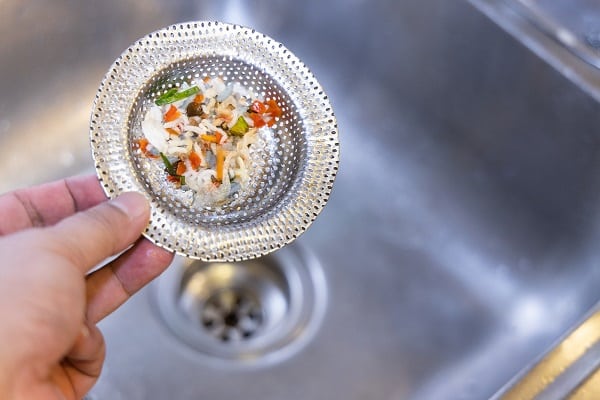Preventing clogged drains can ensure a sound plumbing system and a lot of peace of mind. Unclogging a drain all by yourself will save on the time and cost involved in calling a plumber. Clogged drains are very common in households, and the culprit may be hair or leftover food items that go down the drain. Preventing clogged drains can keep the home’s plumbing system in the right shape.
Items To Keep In Mind While Preventing Clogged Drains

-
- It is a must that you do not let the food leftovers, coffee grounds, or grease go through the kitchen drains.
- The leftover food must be thrown in the trash and not be left in the dishes while rinsing them in the sink or dishwasher.
- You must never drain the liquid grease in the sink. Instead, you must seal it in a separate container and if it is not reusable, then put it in the trash.
- Soap scum and hair combined can lead to clogged drains, and you must not let them enter the bathroom drains. The tub or shower drains must be covered with a mesh or a perforated drain hair catcher. The shower drain hair catcher can be of silicone or stainless steel.
- Another precaution that you can take is to brush your hair before a bath, and it will remove the loose hair and prevent clogging of the shower drain.
- Pet hair can easily clog your drains, so ensure you use a hair catcher.
- You must not wait to call the plumber if the problem of clogged drains persists. There might be some recurring issue that needs to be addressed immediately.
Tips That Can Be Useful Before Calling A Plumber

-
- You may remove the hair or waste products that collect on the drain stopper. Just clean it and reassemble it.
- A plunger bell can seal the edges of the drain. Pushing it in and then pulling it out can let the clogged water go down the pipe.
- You may use a plumbing snake or an auger if the plunger bell cannot resolve the issue. The snake has a corkscrew tip that holds all the hair and other items causing a blockage, and you can easily pull them out.
- The P-trap drainpipe used in the kitchen sinks and bathrooms is something you can easily take apart to check for blocks. You can easily insert the plumbing snake in this U-shaped pipe. Collect all the debris in a bucket and throw it away in the trash.
- For a clog in the bathtubs, you need to remove the stopper and overflow plate from the tub drain. Seal the overflow plate using a sponge or plastic. Then, either plunge or insert the snake to clear the clog.
- The shower clogs can be corrected using a straightened wire coat hanger to grab hair clogs. If plunging is not working, then you may use a snake. Pouring baking soda followed by a cup of vinegar also helps to remove the clog, and you may even try pouring hot water down the drain.
Conclusion
It is essential to keep the drains clean. Remove the pop-up stopper and remove the debris before you reinsert the plug. You must flush the drains with hot water after each shower. Deep cleaning of the tub drain is something you should do once a month. Bacterial drain cleaners are biodegradable and do not damage the pipes; they can also help prevent clogs. It is essential to carry out regular cleaning and maintenance to have properly flowing drains.


